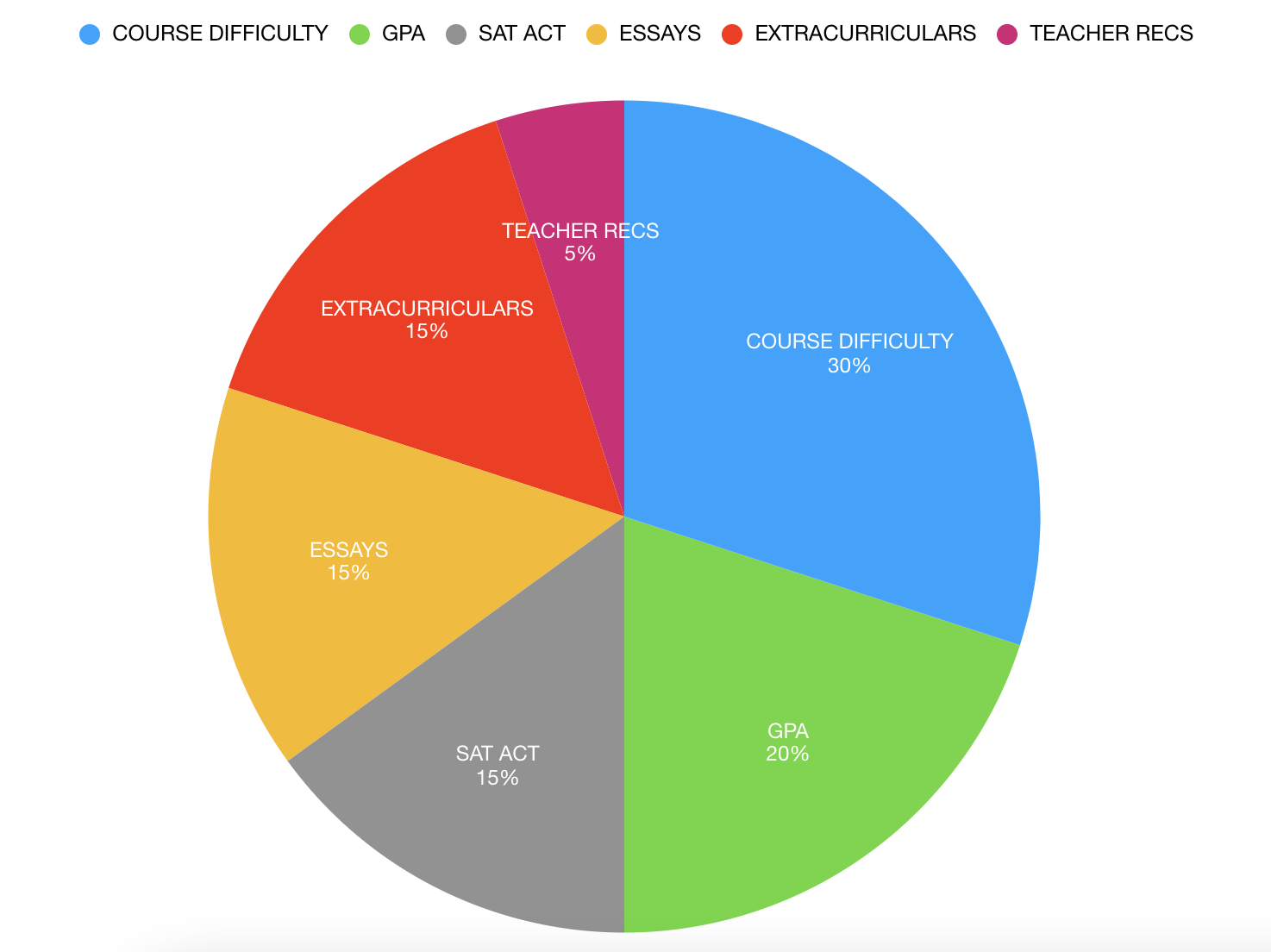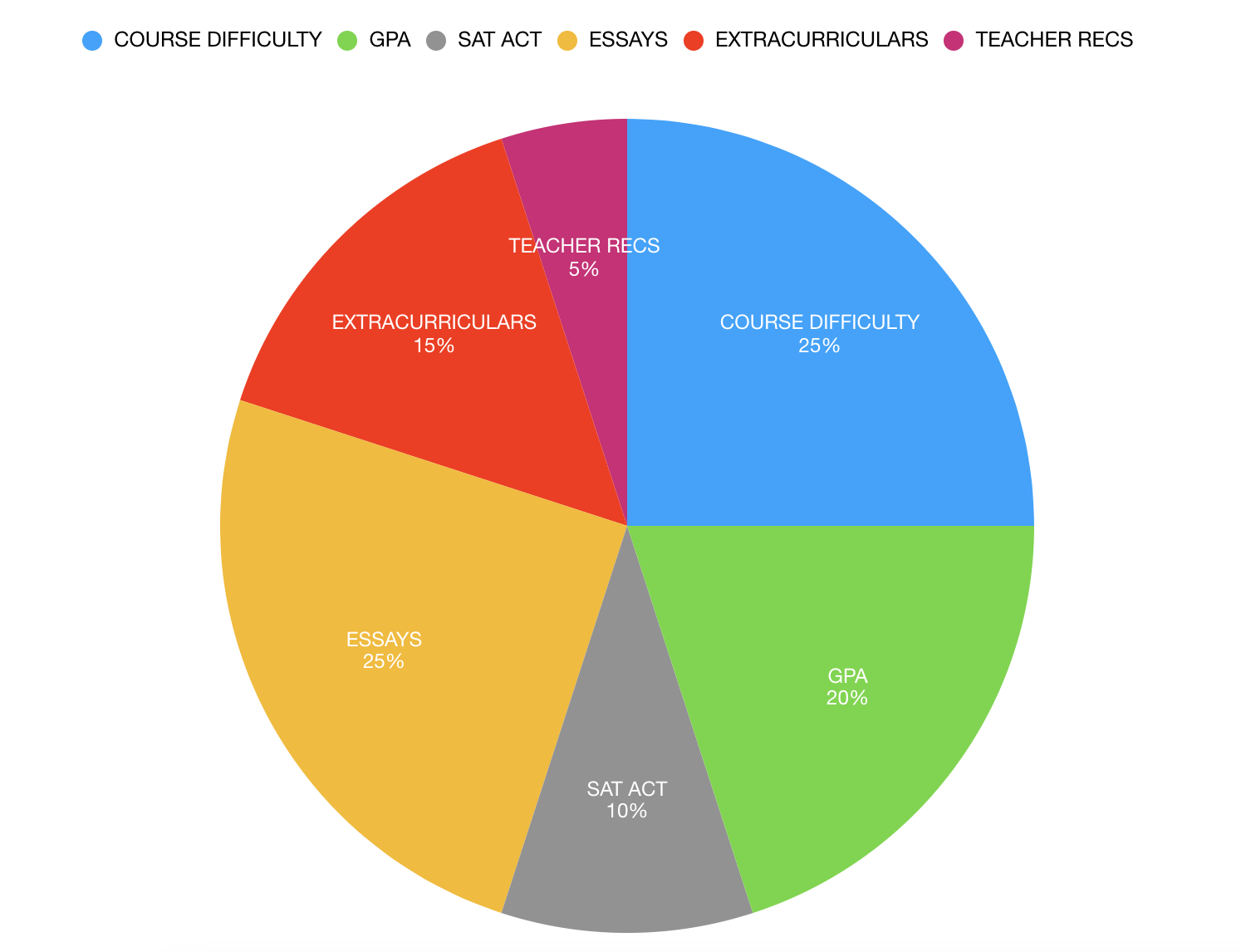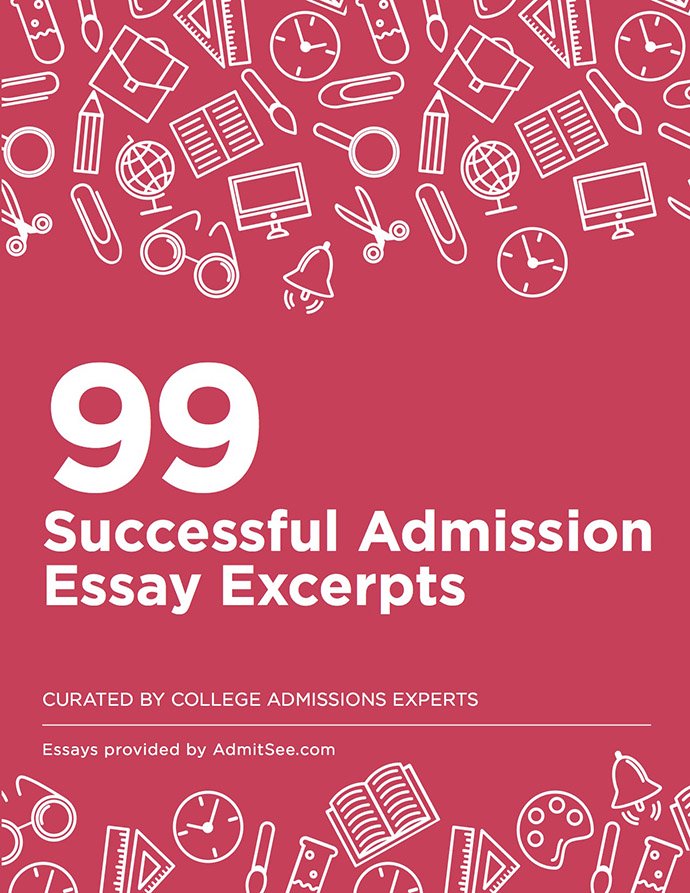In this second part of his two-part series, college admissions coach Justin Taylor explains key admissions lessons from 2020, an unprecedented year of firsts, that can help you strategize as we enter into this next application cycle. Read Part One here.
Top schools saw a tsunami of applications from highly qualified students in 2020 (a 20%-100% increase), leaving many students locked out of their top choices and left to choose between offers from their safety schools. However, Justin of Wow College Essay helped his students get accepted to their top choices, such as UPenn, UC Berkeley, and Williams. What set them apart in “the year like no other” and what can you do for your college dreams in 2021?
PART 2: Smarter essays, SAT/ACT taking, and College connection building
SAT/ACT, the gatekeeper to the elites
No, the SAT/ACT is not over, but it’s not the blanket requirement it once was. It depends on where you’re applying.
For the majority of colleges, the SAT/ACT will be optional again in 2021. A strong score will certainly boost your application for a couple reasons, but it won’t be as critical as previous years. (Transcripts will be most important.) However, If you want to be competitive at top schools, pursuing a strong score is highly recommended.
For elite private colleges, 2020 showed that the SAT/ACT is a requirement for the foreseeable future, whether the school says it’s optional or not. All of my 2020 students going to top schools had 1500+ SATs or 34+ ACTs.
Why? Can’t those schools look at students’ transcripts to know if they have a foundation in math and reading skills?
Yes, but they don’t look at an SAT/ACT score to confirm foundations. They use it know whether the student overcame an exceptionally difficult academic challenge. Those elite schools are not a walk in the park once you get in—they are a big jump in difficulty for almost everyone—and those schools need evidence the student has what it takes to survive that jump and won’t need “remediation” like you get at flagship state schools (unless they’re an athlete). So the rigor of a student’s courses helps makes this picture, but a top notch SAT/ACT score proves it even more. The other, though, lesser reason (and frankly harder to admit), is proof of means. Colleges, especially private ones, need enough students who will pay full tuition, but their admissions processes are need-blind. So, they register strong SAT/ACTs as a sign of tutoring a.k.a. wealth. The super endowed schools care less about this second point, but it’s a factor for a lot of admissions offices.
The bottom line is pursuing a strong SAT/ACT score is very good investment for your college prospects, but it does not replace or compensate for a weak transcript. College level courses are the priority.
“Character” is the confirmed new star of admissions
How does a school like Boston University, which annually fields 60,000 applications for 3,000 spots, field 75,000 applications when most of the increase showed equivalent qualifications on transcripts and tests? The “character” side of the application (essays, letters, resumes). As I predicted last fall, this side played a larger role than ever before.
One major factor setting my 2020 students apart was their tenacious pursuit of statements that showed the character traits that schools love: grit, morality, authenticity, a desire for impact, and a love of learning. I believe every student has a unique and strong character that schools are looking for, but not every student finds brilliant ways to communicate that character in statements and extracurriculars.
My student Miles came to me struggling to communicate character. Despite his 4.5 gpa and 1,500+ SAT, his application sounded like many others: a high-achieving male student interested in top business programs: Georgetown McDonough, UPenn Wharton, UMich Ross, etc. His previous two counselors (who specialize in business schools) suggested he would never stand out enough to get in, should apply as an Asian Studies major, and try to change departments later.
When he approached me, I said that such a desperate tactic at best would confuse schools (all his extracurriculars pointed at a love of business), but if he simply shared his real-life story about exploring that passion, he would, in fact, stand out. Thus, he wrote about his day job serving rice bowls at Panda Express and how ordinary customer service interactions demonstrated the things he was learning about in remote business courses at Georgetown summer school. It was specific, unpretentious and very him. He’s now admitted to every one of those business programs.
Demonstrate interest
So why are so many of this year’s applicants on the waitlist at their top-choice schools?
“Yield,” which is the ability of a college to estimate how many students will accept its admission offer, became hard to predict. In previous years, top schools had a fair amount of accuracy guessing their yield (it rarely changes). This year, because of the surge in applications and less discernible applicant motives, schools put far more students they really like but don’t yet have room for on the waitlist. (Creating yet another round of admission in May.)
How do you avoid waitlist hell? Make sure schools know you want them. Talk to your admissions rep, attend information sessions, meet current students and teachers, write about specific courses and projects at the school, and—if you know it’s your number one—apply Early Decision (binding admissions) in November or January. Top schools admitted more students ED this year than in other years - because they already had confidence students would say “yes” back.
Summary
As it turns out, 2020’s lessons are actually gold standard college admissions advice: diversify your college list, pursue as many college-level courses as possible, go for that high SAT/ACT score, dive into your academic passions outside of school and share it in your essays, and demonstrate your interest with your top choices.
And, if you can, hire a counselor to help you.
Want more insights and strategies? Register for this free live webinar with Justin on Wednesday, May 12th.
———
To help you see it all in one place, below are my estimates for admissions priorities at both top private schools and mid-tier private/flagship state schools.
2021 Admissions Criteria Priorities
Top Private Schools (Brown, U Chicago, Columbia, etc.)

Mid-tier Private Schools, Flagship State Schools/“Public Ivies” (UMich, UNC, BU)

















 Back
Back